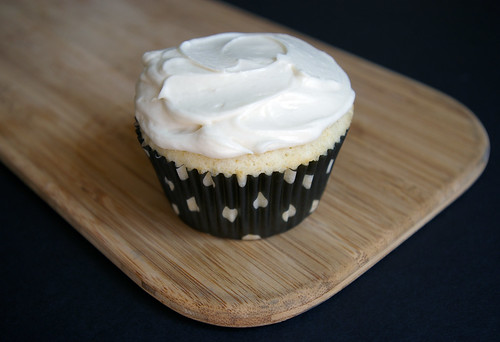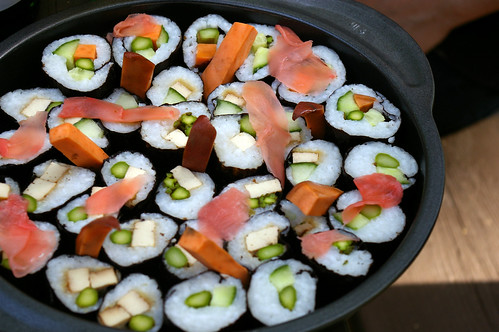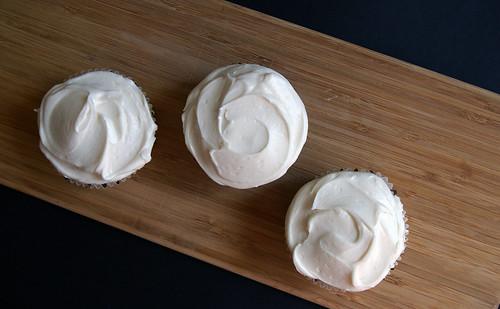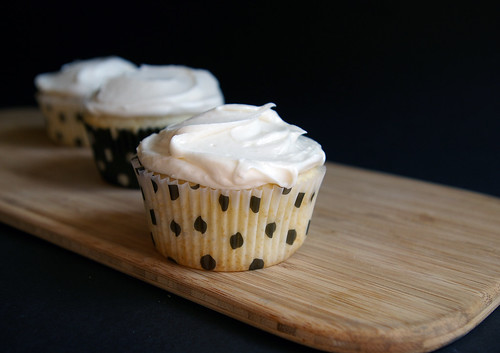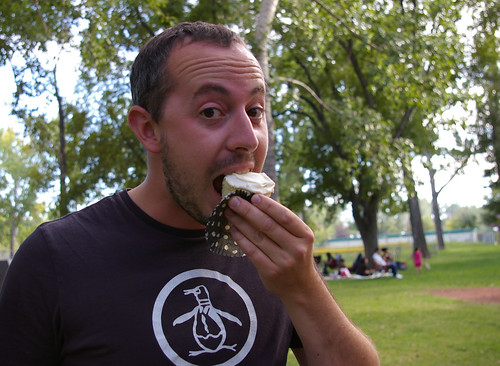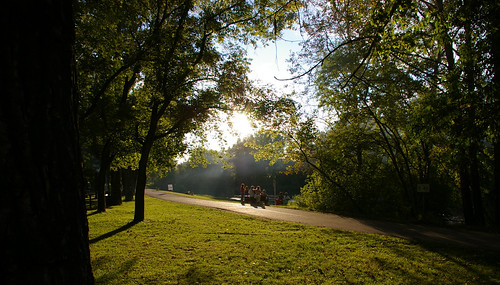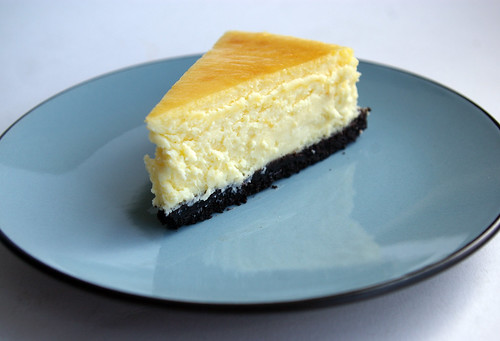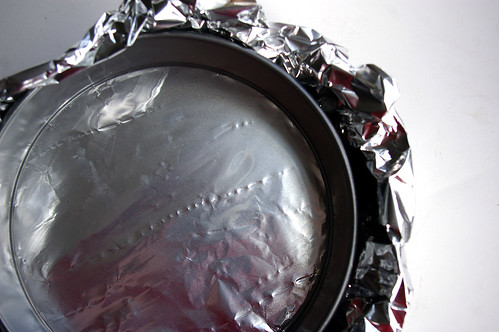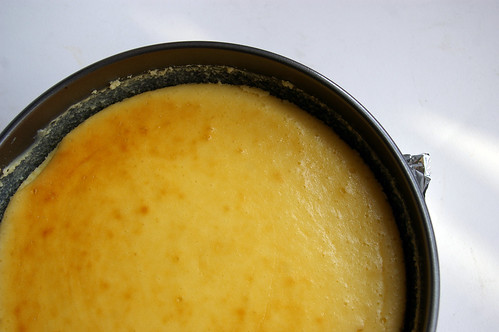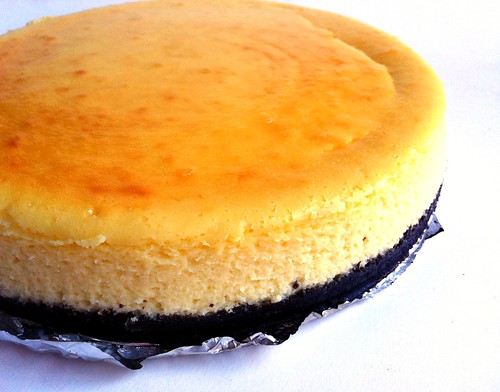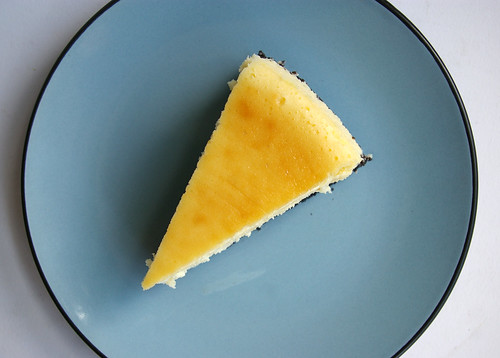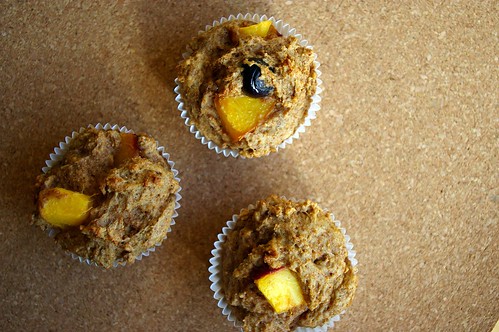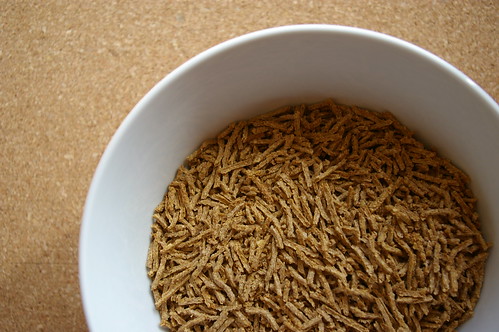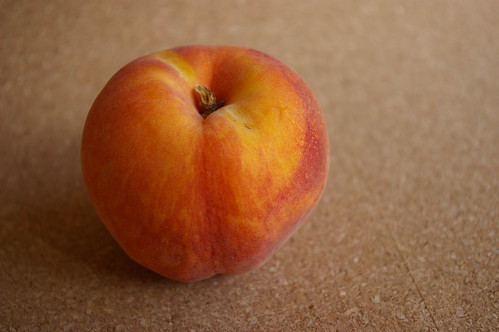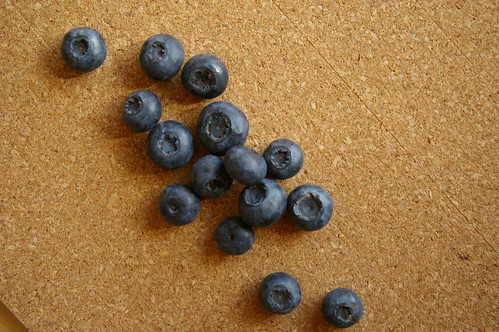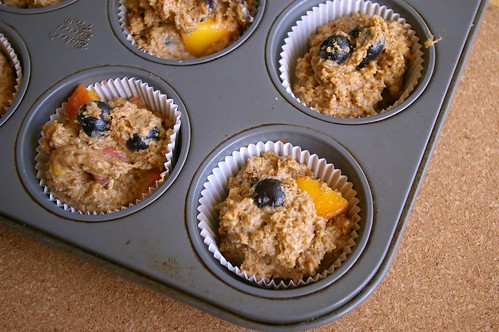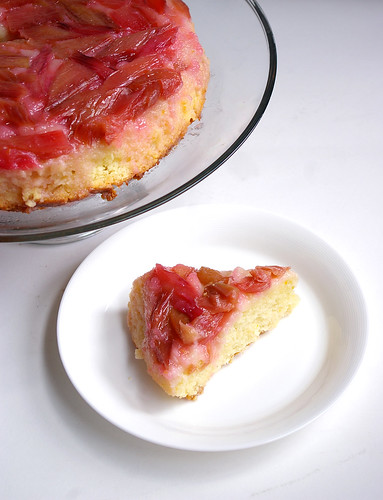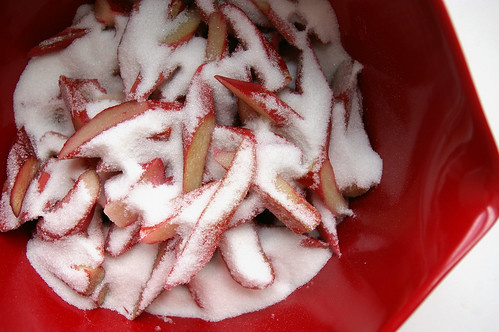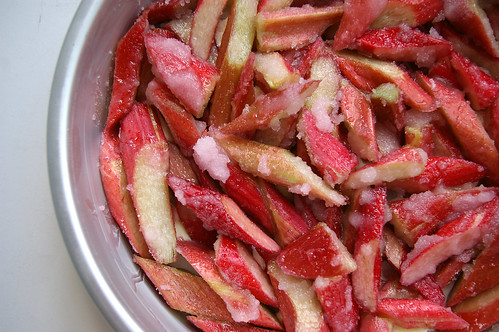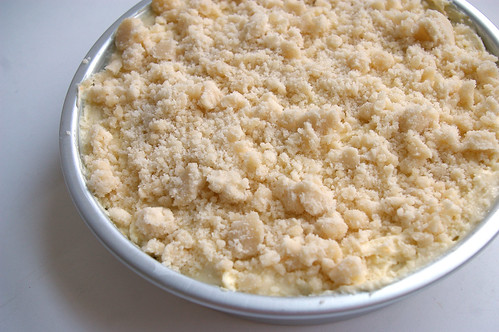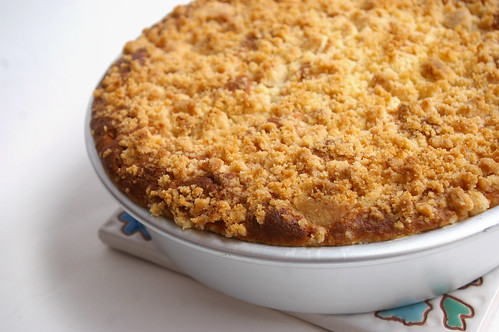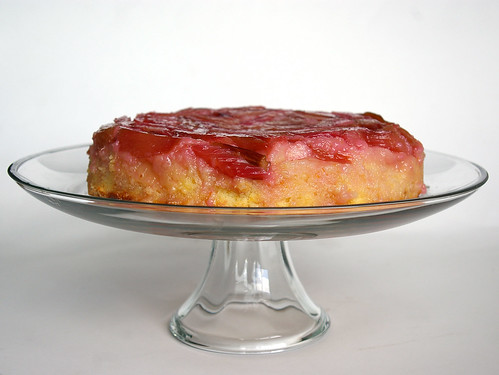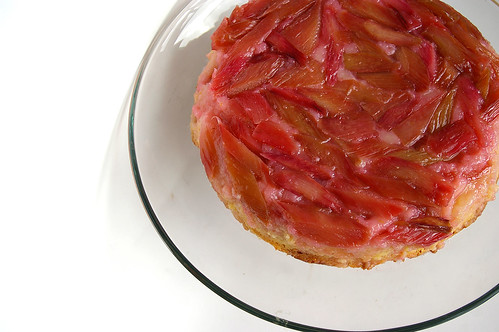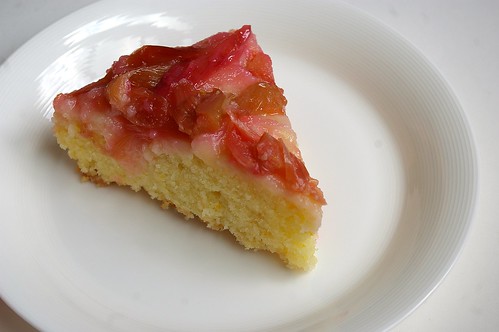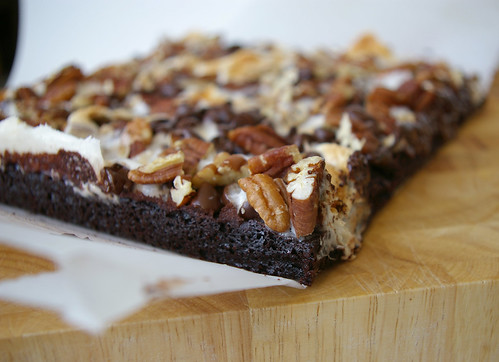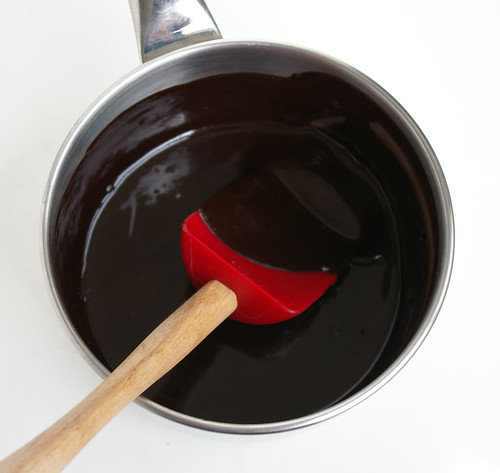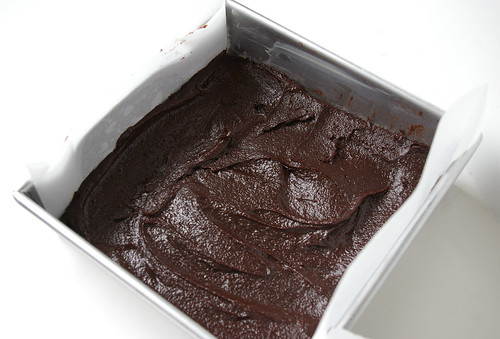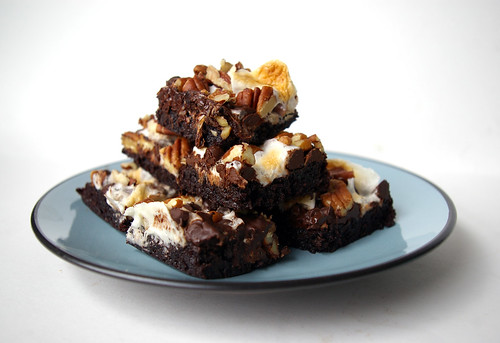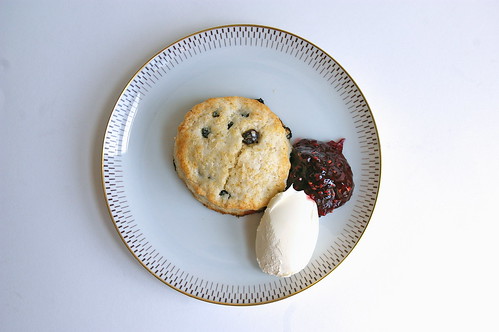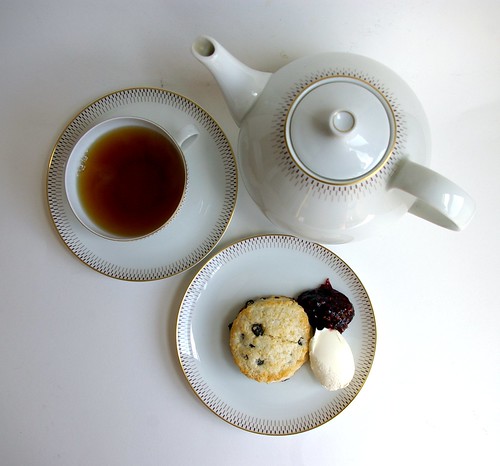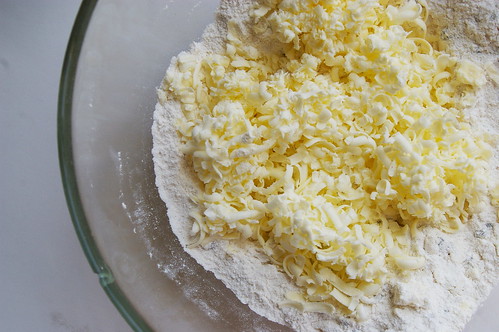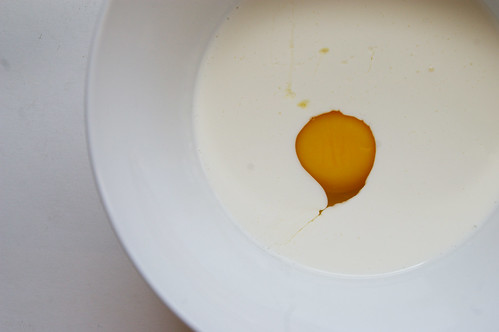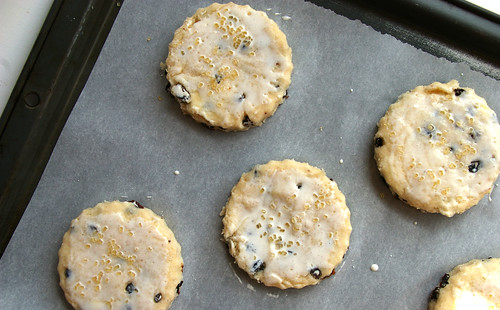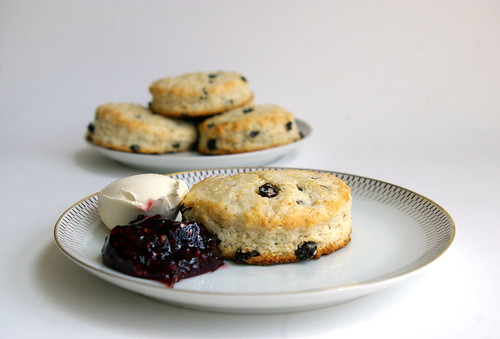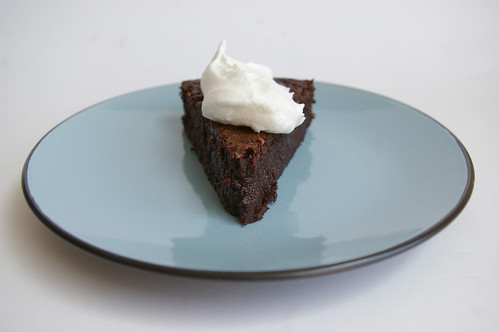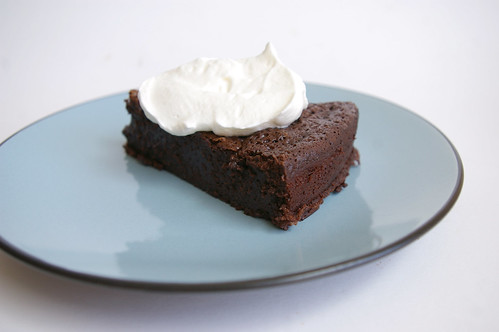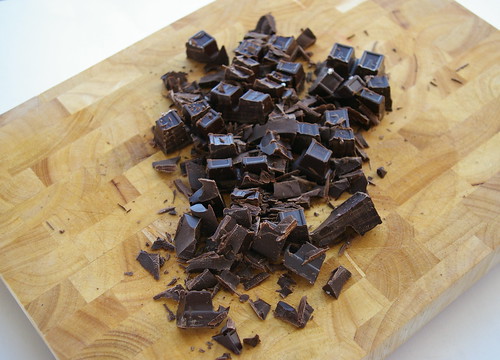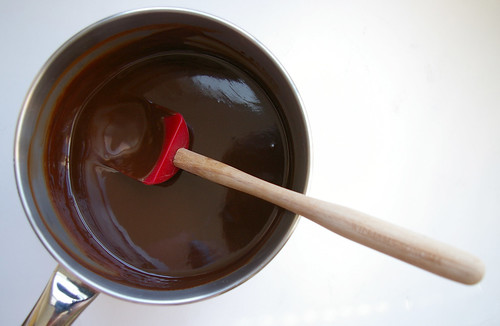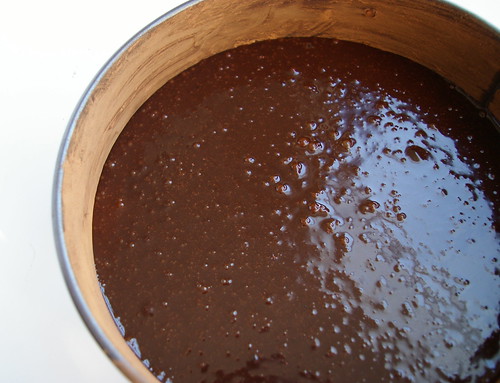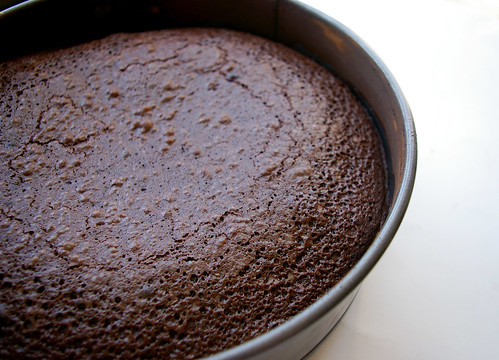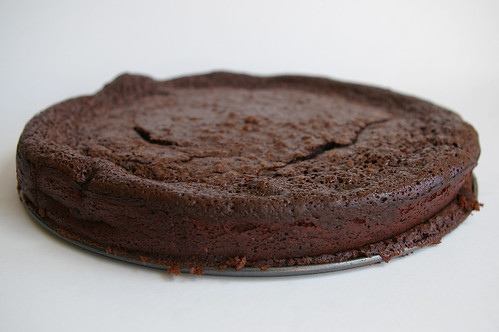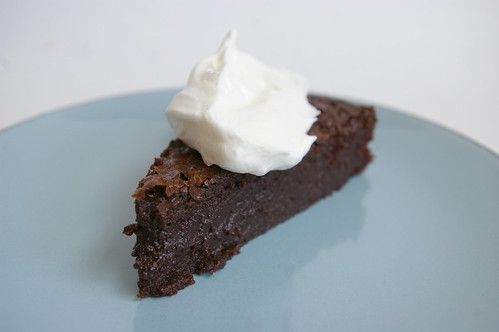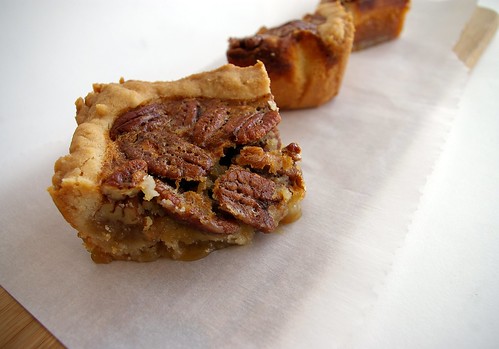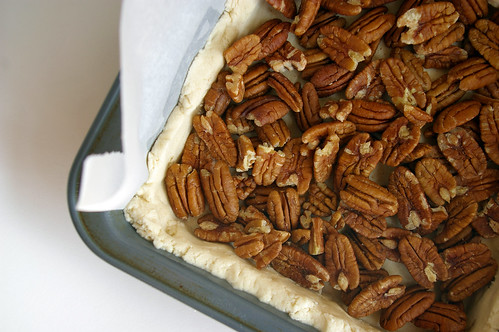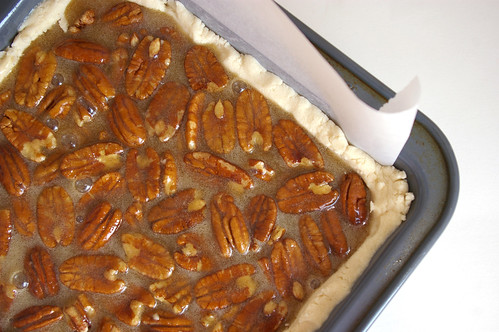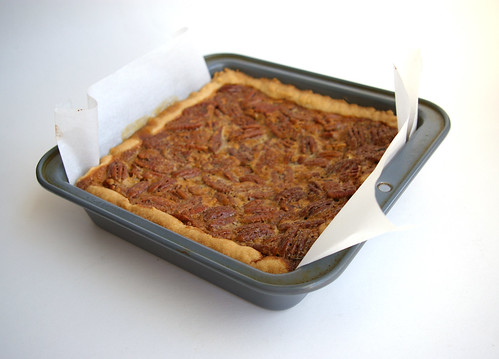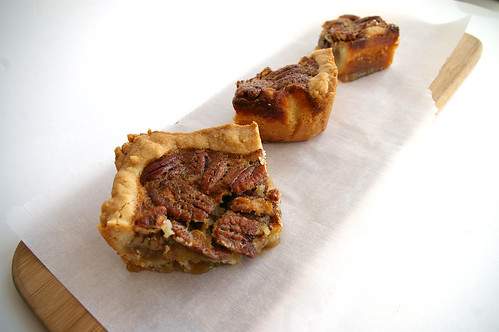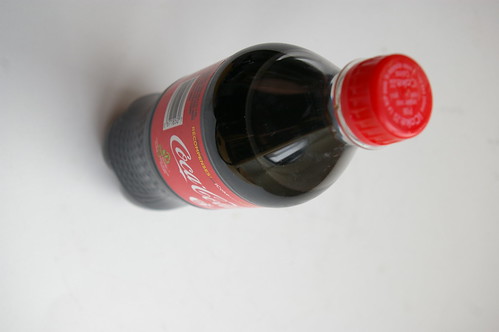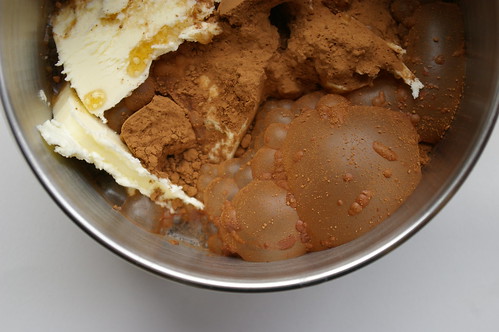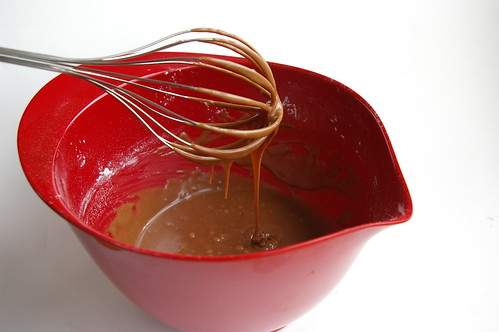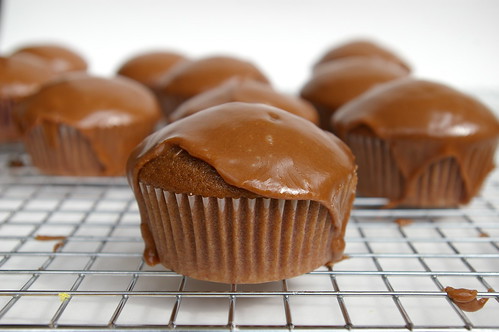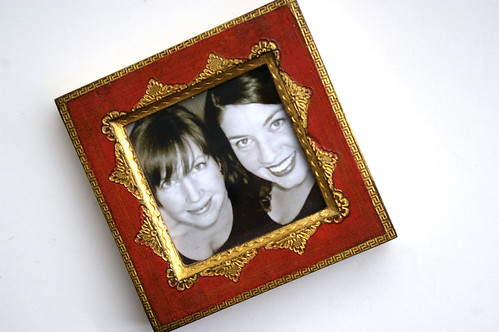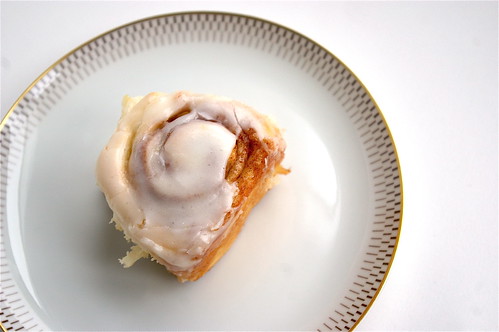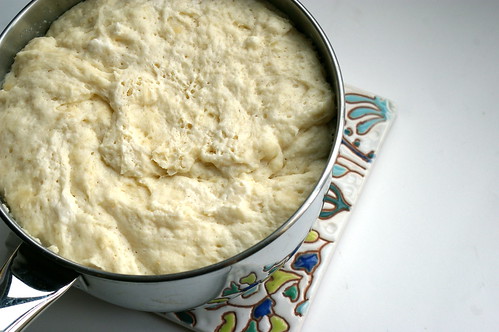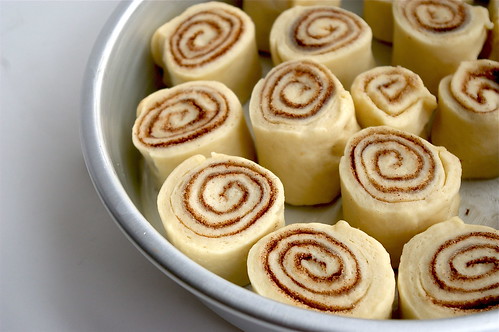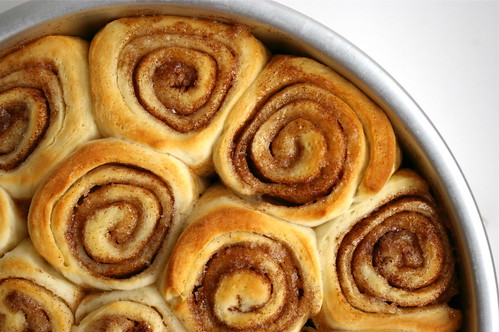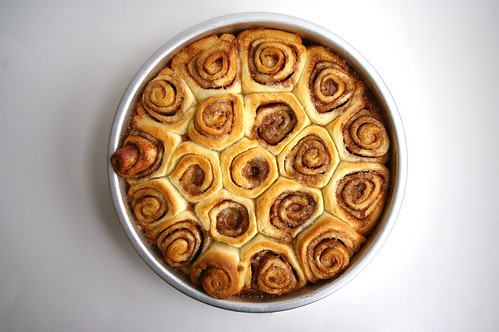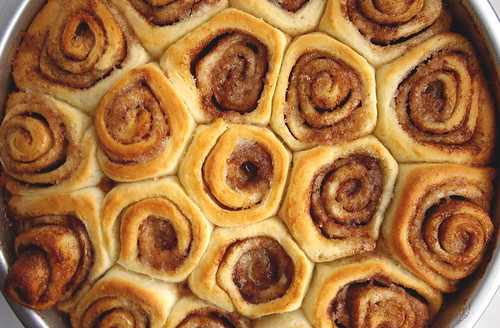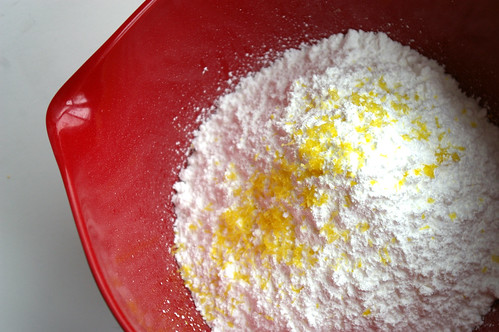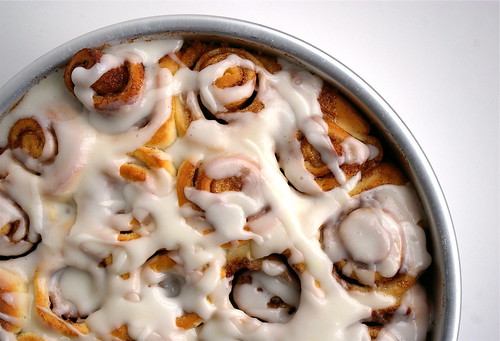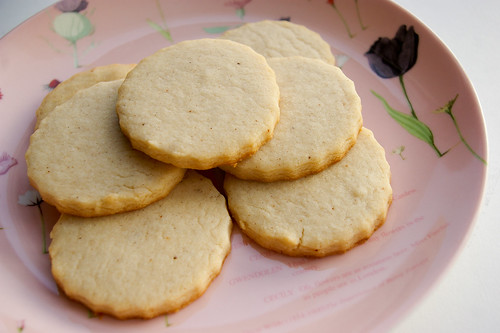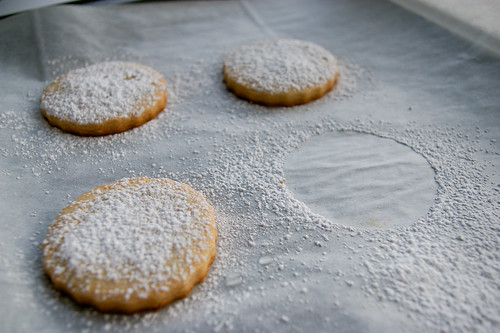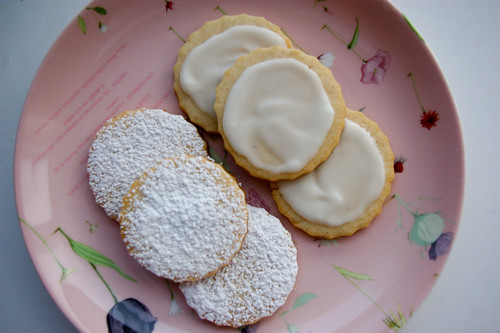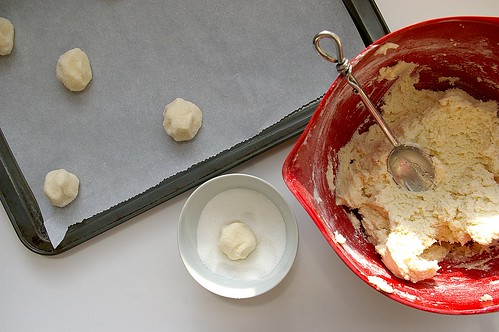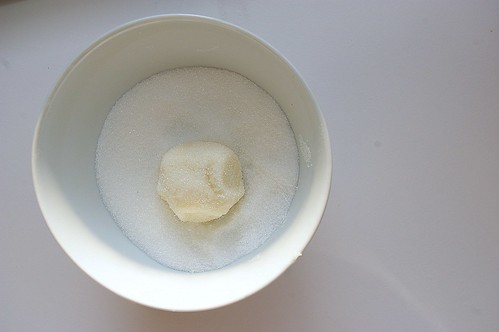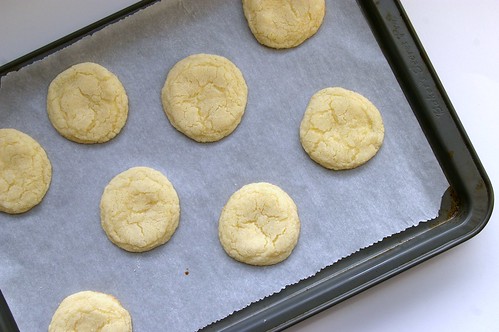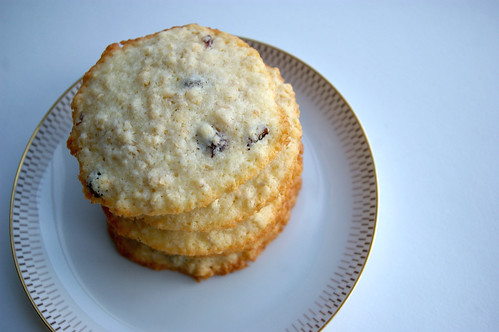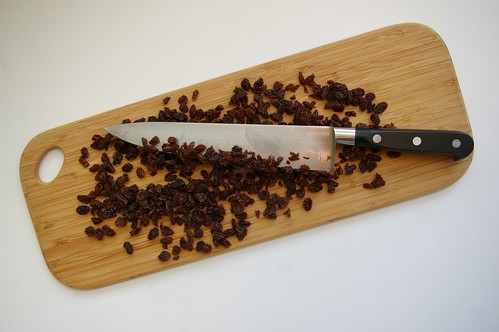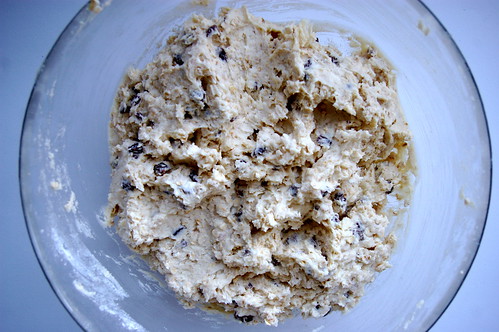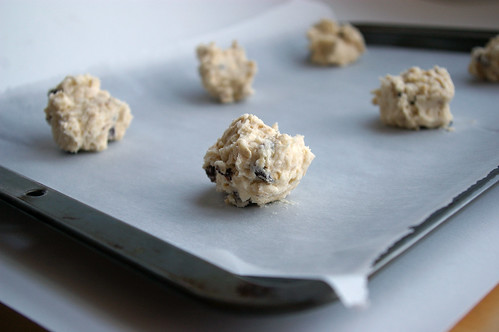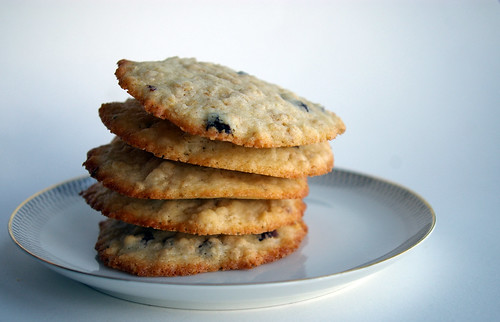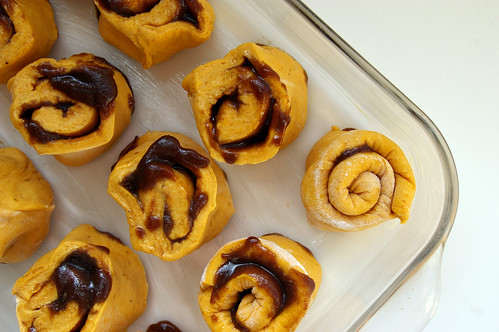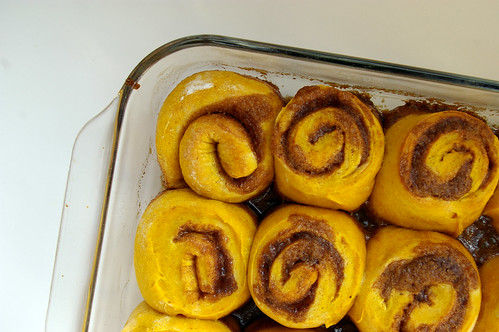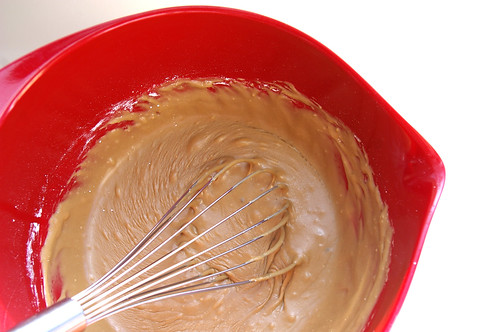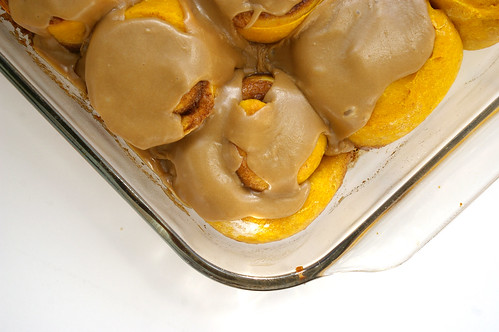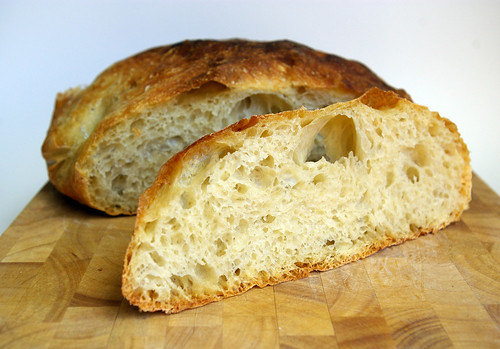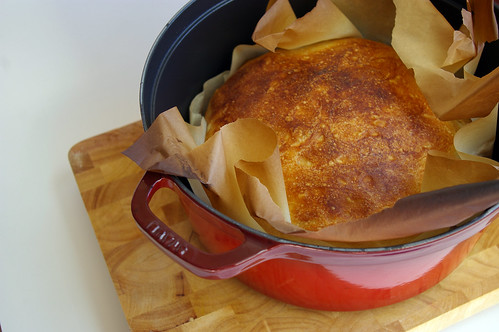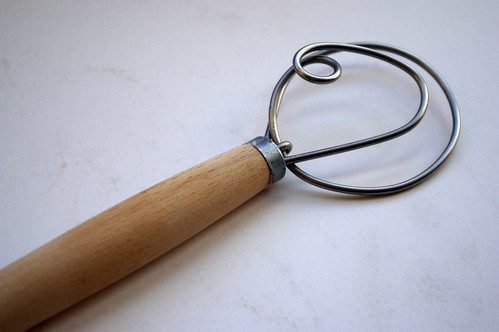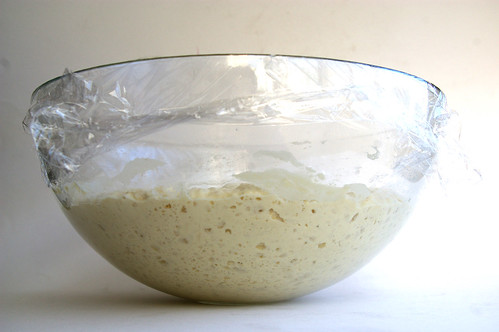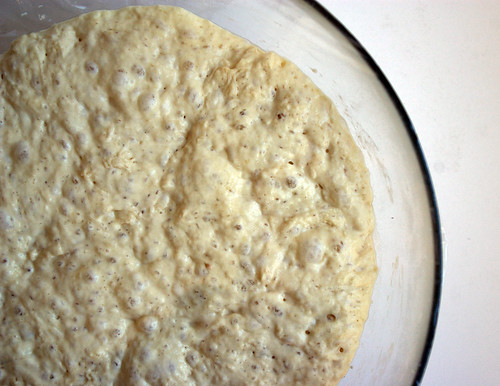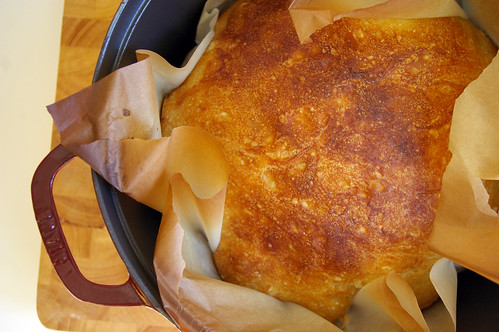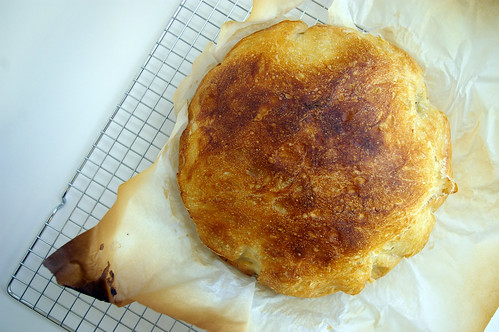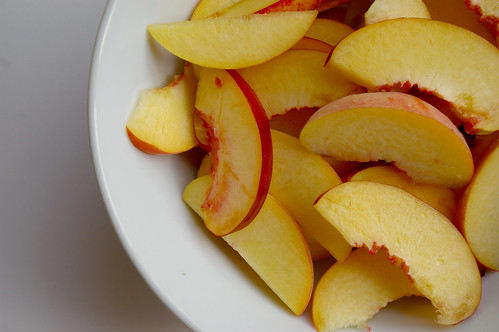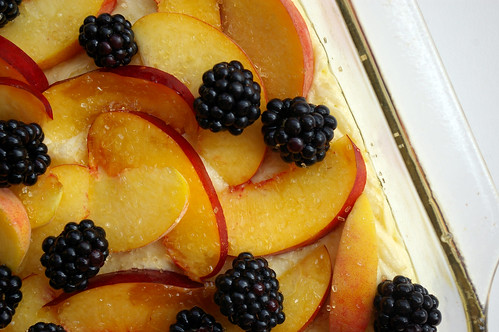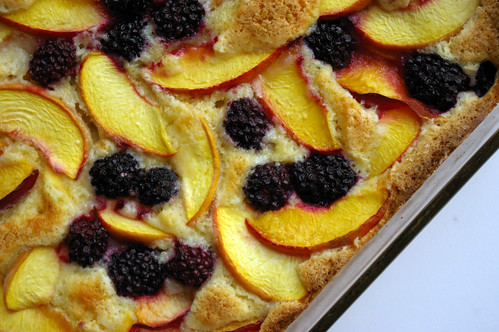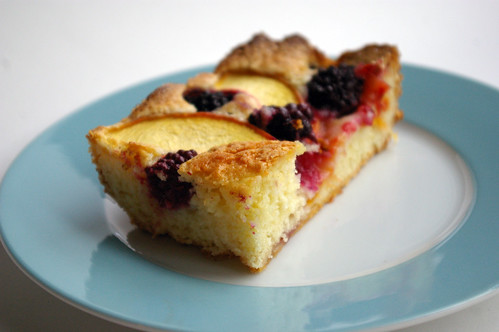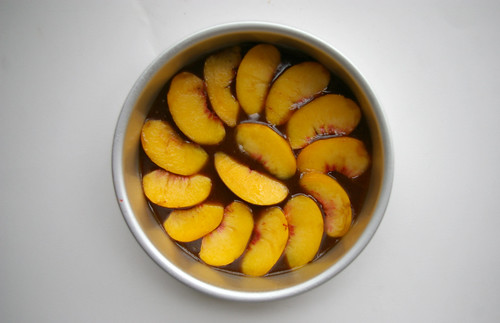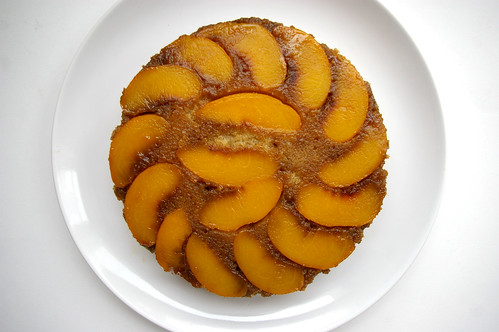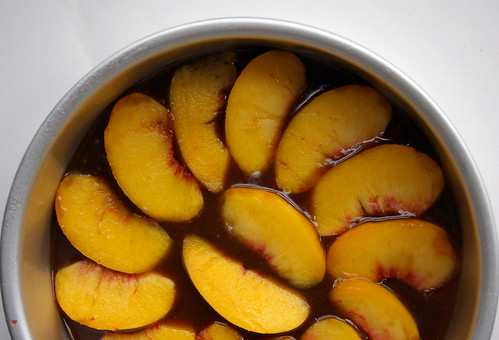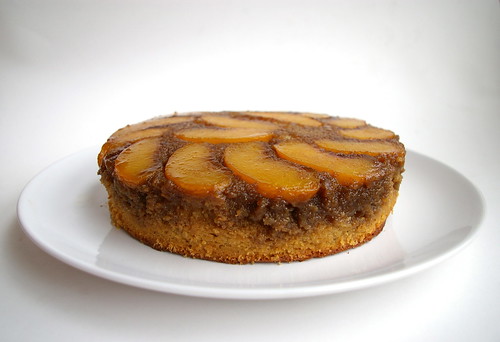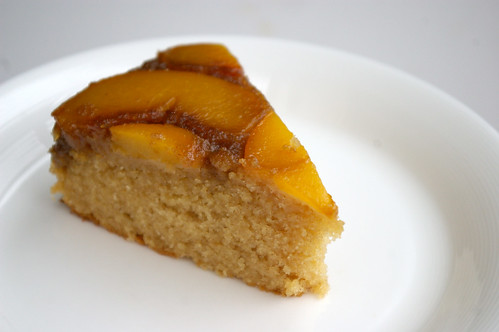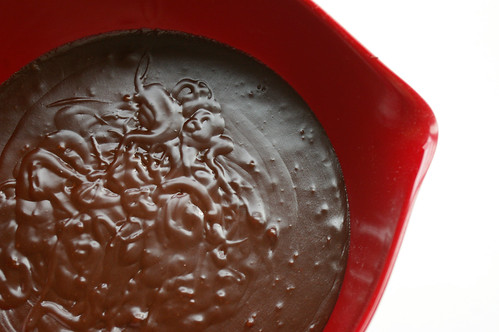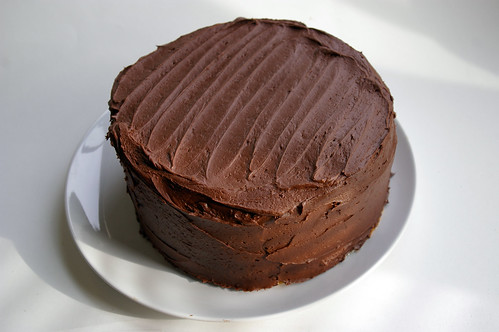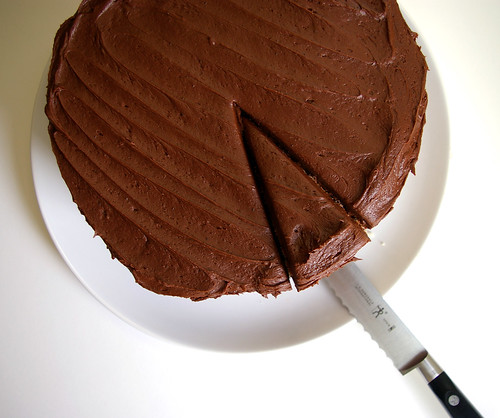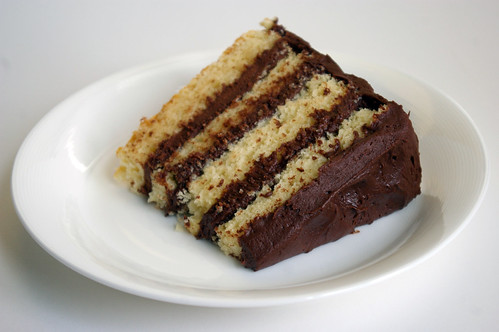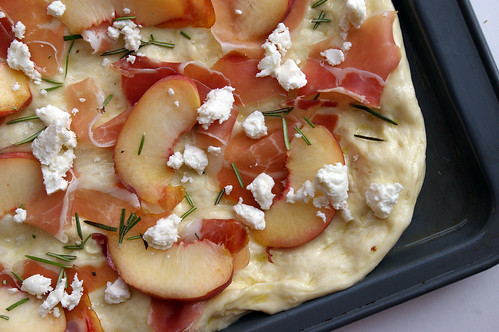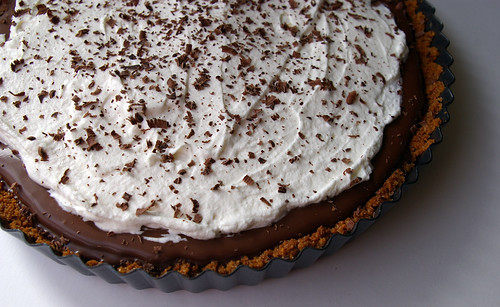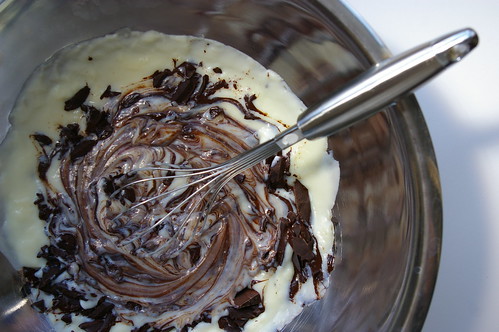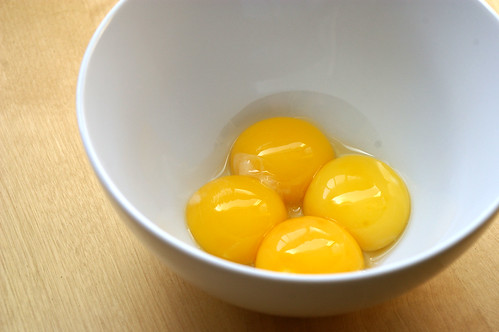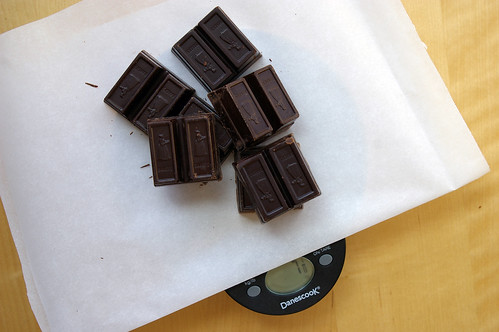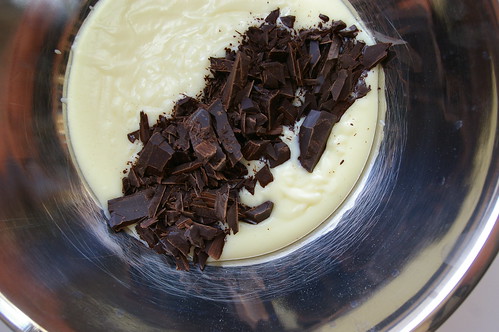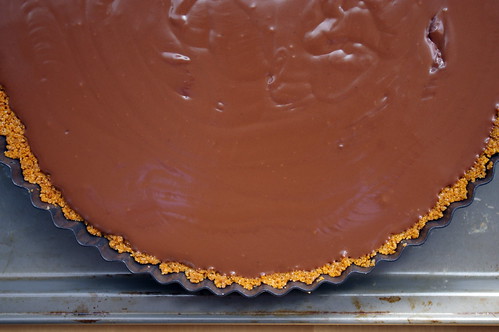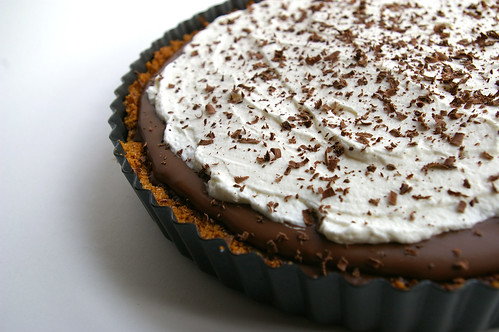It was my friend Dan Clapson’s birthday the other day.
As part of what turned out to be a long weekend’s worth of celebrating (for him, not me), on the Monday evening we had Monday Night Supper Club (head here for some play-by-plays of these weekly events) at Stanley Park. Dan laid out some ground rules for the potluck. OK, one rule: everything had to be shaped like a cake.
Since Dan seemed to be a very lucky birthday boy who got everything he hoped for over the weekend, who was I to deny this particular wish? So, leading up to the big day I was pondering ideas. And I was drawing blanks. I really just wanted to make cupcakes. What? I know my strengths.
And for some reason, I kept thinking about creating with some sort of bourbon-flavoured icing.
I thought it was pretty original, but a quick Google search showed recipes are out there. And that is a good thing because it gave me a great jumping off point.
It’s tasty stuff, I can’t lie. But it’s also incredibly boozy despite the fact there is very little booze in it. Three tablespoons, about 1 1/2 shots. And only half of that made it onto the cupcakes (it’s enough icing for 24 cupcakes, not 12; the remainder is sitting in my fridge and I’m still trying to figure out what to do with it. Make more cupcakes seems the most logical answer.), so, really, it was 3/4 of a shot for the entire batch. You’re certainly not going to get drunk on them, that’s for sure.
People got pretty creative with the picnic potluck, including Chelsea who brought a sushi cake, complete with sweet potato “candles.”
Adria Britton with the very popular pizza pull-apart bread bundt.
Jamie Penno brought a savoury bacon-and-cheese cake.
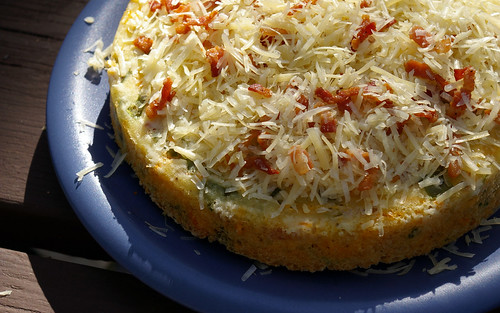
And Dan brought a potato salad “cake,” which was an intriguing take if not completely successful. Points for creativity!
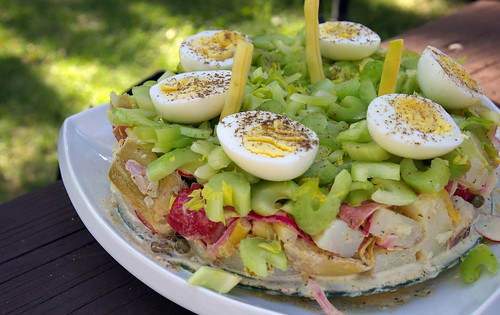
I felt a bit non-creative for bringing straight up cupcakes, but I’m pretty sure the bourbon icing made up for that.
And it was a lovely night to be in the park. Perfect way to end a lazy long weekend.
Vanilla Cupcakes
This is straight from Martha Stewart’s recipe for yellow cupcakes (though I rewrote the instructions a bit). They are yellow, but I prefer to focus on their flavour.
- 1 1/2 cups all-purpose flour (spooned and leveled)
- 1 1/2 teaspoons baking powder
- 1/2 teaspoon salt
- 1/2 cup milk
- 1 teaspoon pure vanilla extract
- 1/2 cup (1 stick) unsalted butter, room temperature
- 3/4 cup sugar
- 2 large eggs
Preheat oven to 350F.
Line a muffin tin with liners.
In a bowl, whisk together the dry ingredients: flour, baking powder and salt. Set aside.
In measuring cup or bowl, mix milk and vanilla.
In a large bowl, beat butter and sugar until light and fluffy. Add eggs one at a time, beating well each time. Turn mixer down to low, then add half of the dry ingredients, followed by the milk and vanilla and then the rest of the dry ingredients. Mix until just combined.
Divide evenly among muffin cups.
Place tin on rimmed cookie sheet and bake until a toothpick comes out clean. (Martha suggests 20 to 25 minutes; mine were done by 18, so don’t be afraid to check early.) Cool cupcakes in the tin for 5 minutes and then remove to a rack and cool completely before frosting.
Top with bourbon buttercream.
Bourbon Buttercream
And I adapted this one from My Recipes.
- 1/2 cup butter
- 1 pound icing sugar
- 3 tablespoons bourbon
- 3 tablespoons milk
- 1 teaspoon vanilla
Beat butter until creamy. Add half of the icing sugar and beat, followed by the milk and bourbon and vanilla. Mix until blended. Add the remaining sugar and beat until thick and smooth.

